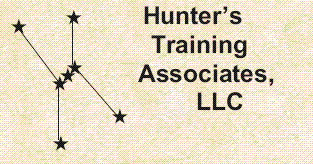
Advanced Topics in COBOL - Course Objectives
On successful completion of this course, the student, with the aid of the
appropriate reference materials, should be able to:
- Code COBOL mainline programs that CALL subroutines, passing
arguments as necessary and code COBOL subroutine programs that are CALLed, receiving
any passed parameters
- Explain the tradeoffs in deciding whether to use static or
dynamic linkages when using external subroutines
- Define and process tables, including:
- Initializing tables using
- VALUE or REDEFINES clauses
- INITIALIZE statement
- loops
- extracting data from records in a file
- Working with tables of more than one dimension
- Process tables using subscripting, indexing, or mixing
subscripting and indexing, also using relative subscripting and relative indexing
- Use the SET, SEARCH, and SEARCH ALL verbs as they apply
to indexed tables
- Use the ALL subscript capability of intrinsic functions
- Work with variable length records in sequential files
- Use the string handling features of COBOL, including:
- Reference modification (sub-stringing)
- Hexadecimal notation
- LENGTH OF special register
- LENGTH intrinsic function
- INSPECT verb
- STRING verb
- UNSTRING verb
- Null-terminated strings
- Use additional advanced features of the newest IBM
COBOL compilers, including
- Local-storage section
- Recursive programs
- Pointers, procedure-pointers, function-pointers, and the
Address Of special register
- Dynamic file allocation
- (Optionally) use the COBOL SORT and MERGE verbs to sort
or merge data sets.
D725 / 3 Days
These Materials © Copyright 2012 by Steven H. Comstock
Materials version: V3.x
Course description
Topical Outline
COBOL curriculum
Home page
This page last updated: 31 July, 2014
Copyright © 2014 by Hunter's Training Associates, LLC
